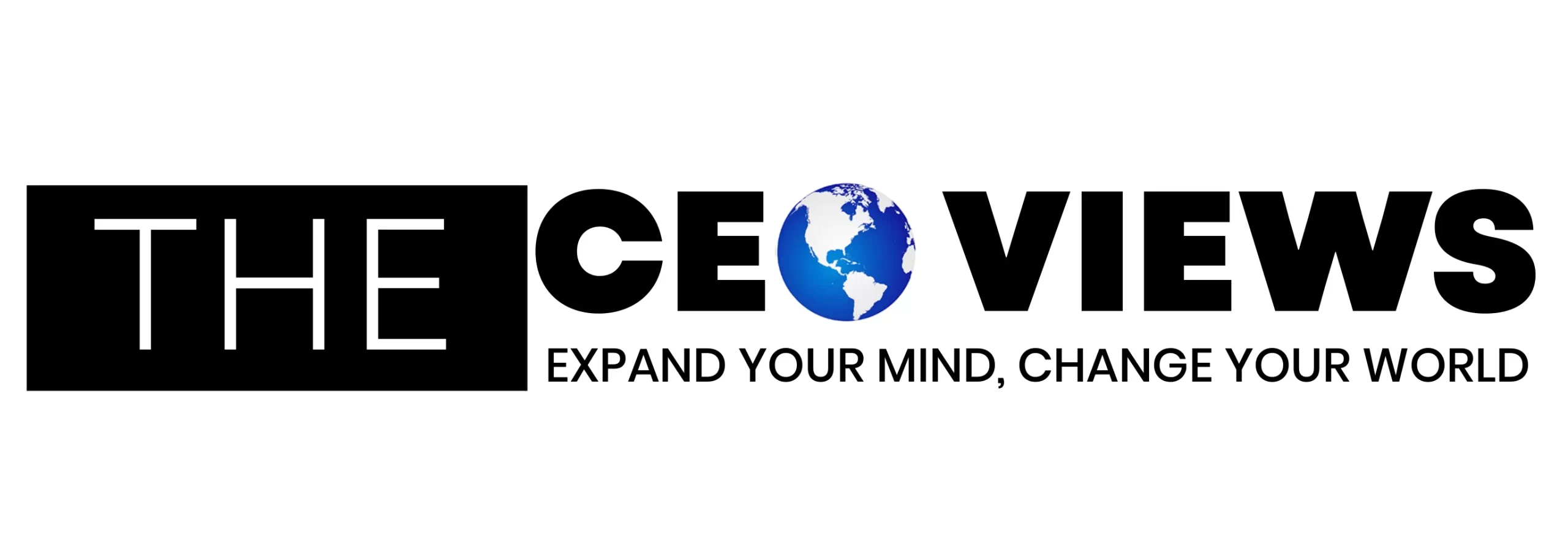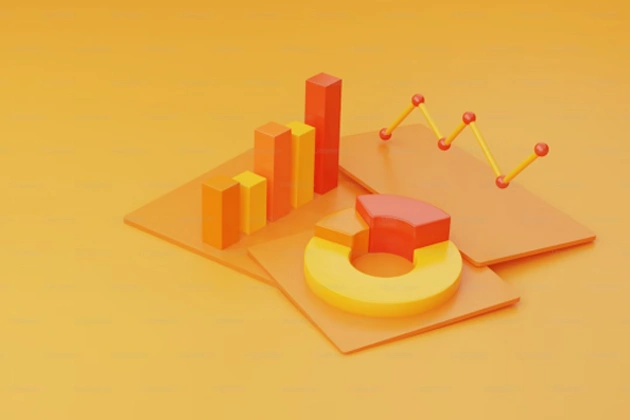In today’s dynamic environment, the sheer amount of data makes it close to impossible to maintain realistic perspectives by utilizing raw numbers alone. The concept that databases should produce expressive images rather than chaotic numbers established the backbone of Tableau development. “Any examples of how infinite rows of numbers were metamorphosed into something useful involve the creation of images,” says Chris Stolte, the company’s president and co-founder.
Additionally, by collaborating with a reputable tableau implementation company, you get all the necessary tools to turn faceless data into valuable insights. Let’s check this collaboration in more detail.
The Interaction of Theory and Data
According to a top business magazine, The CEO Views, the greatest number of Gen Z individuals perceive information one step ahead with bright visuals and graphs, highlighting data analytics learning as a crucial requirement for the next-generation reality. Let’s check this matter in more detail.
Enter the creative edge of business analytics through a cutting-edge visualization tool known as Tableau. Currently, it’s actively applied to transform dull numbers into meaningful stories. Designed to streamline data analysis and make it accessible to newbies, Tableau has emerged as a leader in the BI (Business Intelligence) market. Let’s expand a few aspects of this infographic program, along with its exciting capabilities.
Business intelligence is not merely about numbers; rather, it now focuses on data presentation and content creation. You may wonder why this tool is so well-received by multiple enterprises. First and foremost, it allows complex numerical data to be transformed into graphical forms, making information straightforward to understand and supporting informed decision-making.
Secondly, proper visualization helps uncover hidden trends and patterns, identify anomalies, and respond to changes in the blink of an eye. Tableau offers an extensive range of tools and capabilities for creating visual dashboards, making it an indispensable digital assistant for analysts, marketers, finance professionals, and many others.
By combining a theoretical approach with a note of creativity, ventures can deliver insights of greater strength and promote their services more effectively.
Tableau Versions
The Tableau software suite makes to possible to opt for your favored program on different gadgets:
- Desktop Tool. It guarantees to scrutinize data while connecting to any data source without delay. Clients can generate visual charts and user-configurable dashboards hassle-free.
- Server Service. This web-based service allows you to share reports from the Desktop with other employees. This version stands as a perfect choice for creating company-wide reports and dashboards. Direct server connections to databases make it easy to launch interactive visualizations directly in the browser.
- Online Cloud Service. It enables to processing of data globally using a web browser or a mobile app for extra convenience.
What version of Tableau matches your preferences? For the most part, the choice might hinge on your organization’s needs, industry type, and features required.
Selling Points and Perks
With an impressive range of features, Tableau stands at the pulse of the market. For large-scale businesses, it serves as a blueprint due to several key possibilities:
- Fast web analytics. Deploy live, interactive reports online in seconds.
- Support for large data volumes. Work productively with immense data sets.
- Replaces existing BI solutions. The confrontation of Power BI vs Tableau is alive; however, Tableau is praised by users for its credibility and polished user interface.
- Self-implementation in the Desktop version. In this case, no external consultants are required for implementation.
In 2025, with ever-increasing amounts of data and ever-shorter time to interpret it, Tableau remains a leader in the BI market. Companies use it for KPI monitoring, sales analytics, user behavior analysis, and strategic decision-making. It’s especially valuable among product analysts, marketers, and senior managers—individuals who are in a strong demand to quickly gain insights from data without deploying teams of developers.
Business Intelligence Application Areas
Juggling data and technology may be a challenge, but maintaining focus is essential. Visualizing analytics is a must to stay on track. Let’s explore some success stories from prominent corporate giants:
Coca-Cola Company
Coca-Cola incorporates a ground-breaking innovation to analyze sales data and marketing campaigns internationally. For instance, by visualizing supply chain data, Coca-Cola identified a bottleneck in its European distribution, and by resolving it, it boosted delivery efficiency by 15%.
University of Texas
This educational institution employs Tableau to analyze student records, academic performance, and program effectiveness. The university prepares students for future careers by leveraging partners’ data and gaining insights from prospective employers. In this way, the learning process motivates students to be resilient when it comes to job search in a competitive market.
Walmart
A retail giant utilizes Tableau to visually evaluate data for operational transparency, tracking, and forecasting. While specific details of Walmart’s use cases remain confidential, Tableau allows the company to develop interactive BI reports to analyze sales, supply chains, customer behavior, and even more.
Final Thoughts
While numbers are easy, execution is everything. Ultimately, efforts fail when nobody associates data with creativity. Tableau goes beyond basic dashboards, helping you make a precise selection of what is needed for effective business analytics within the enterprise.










